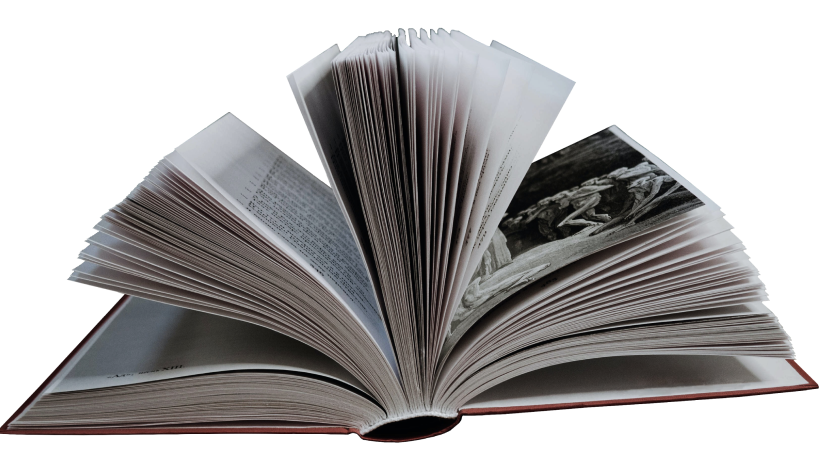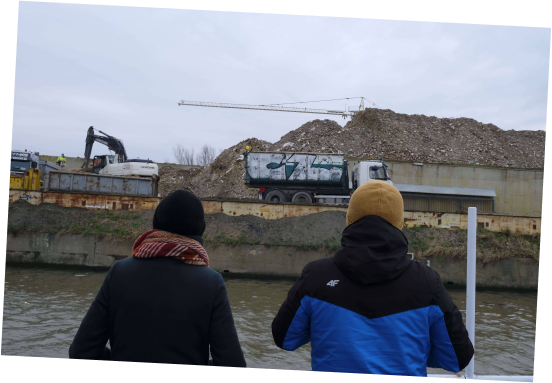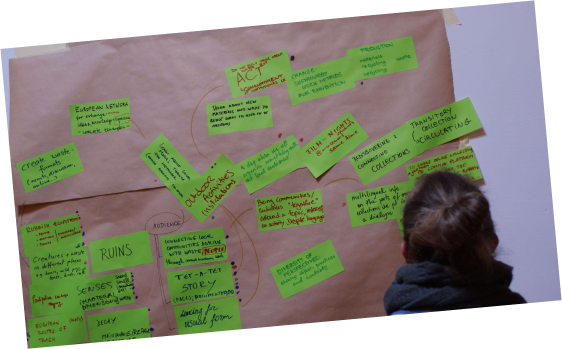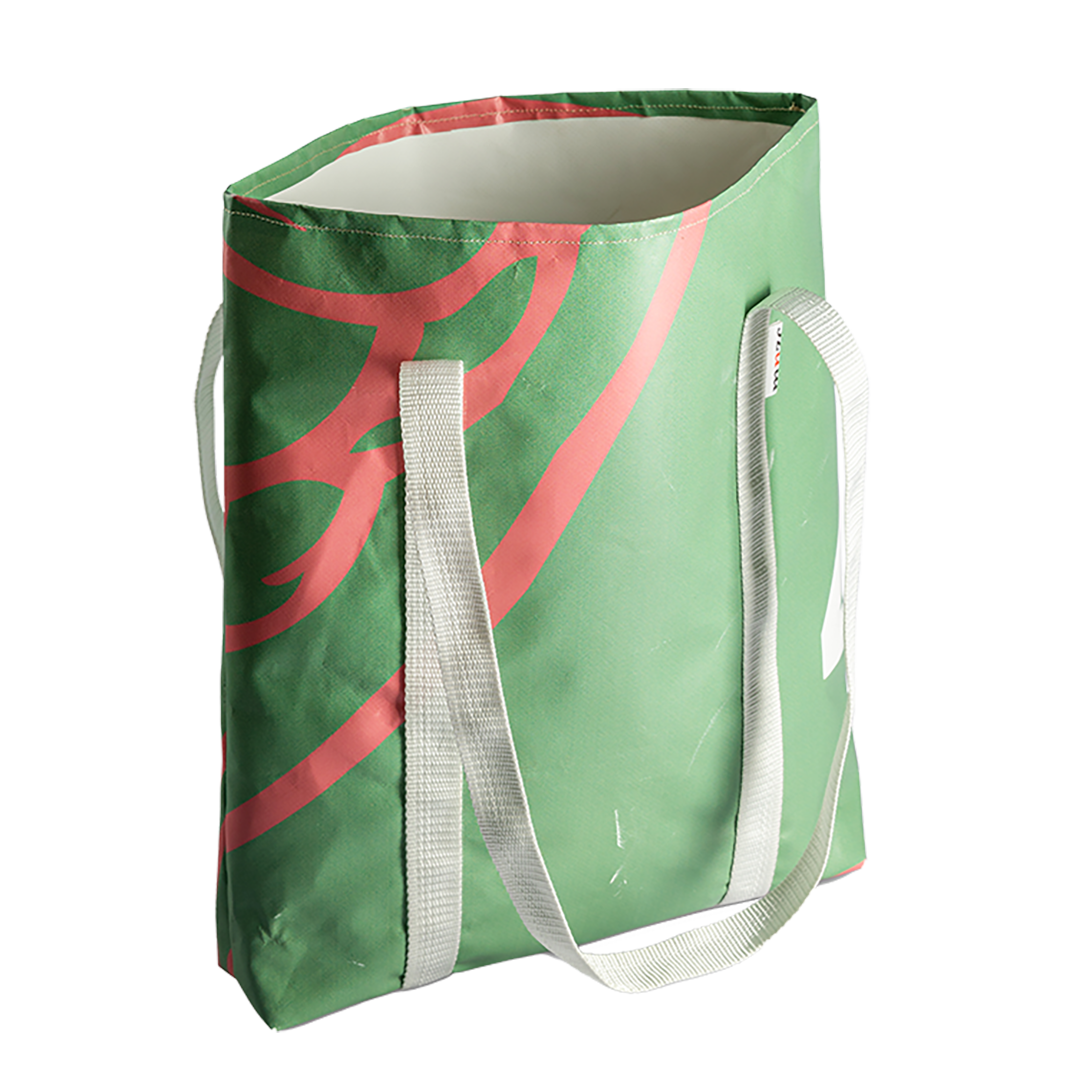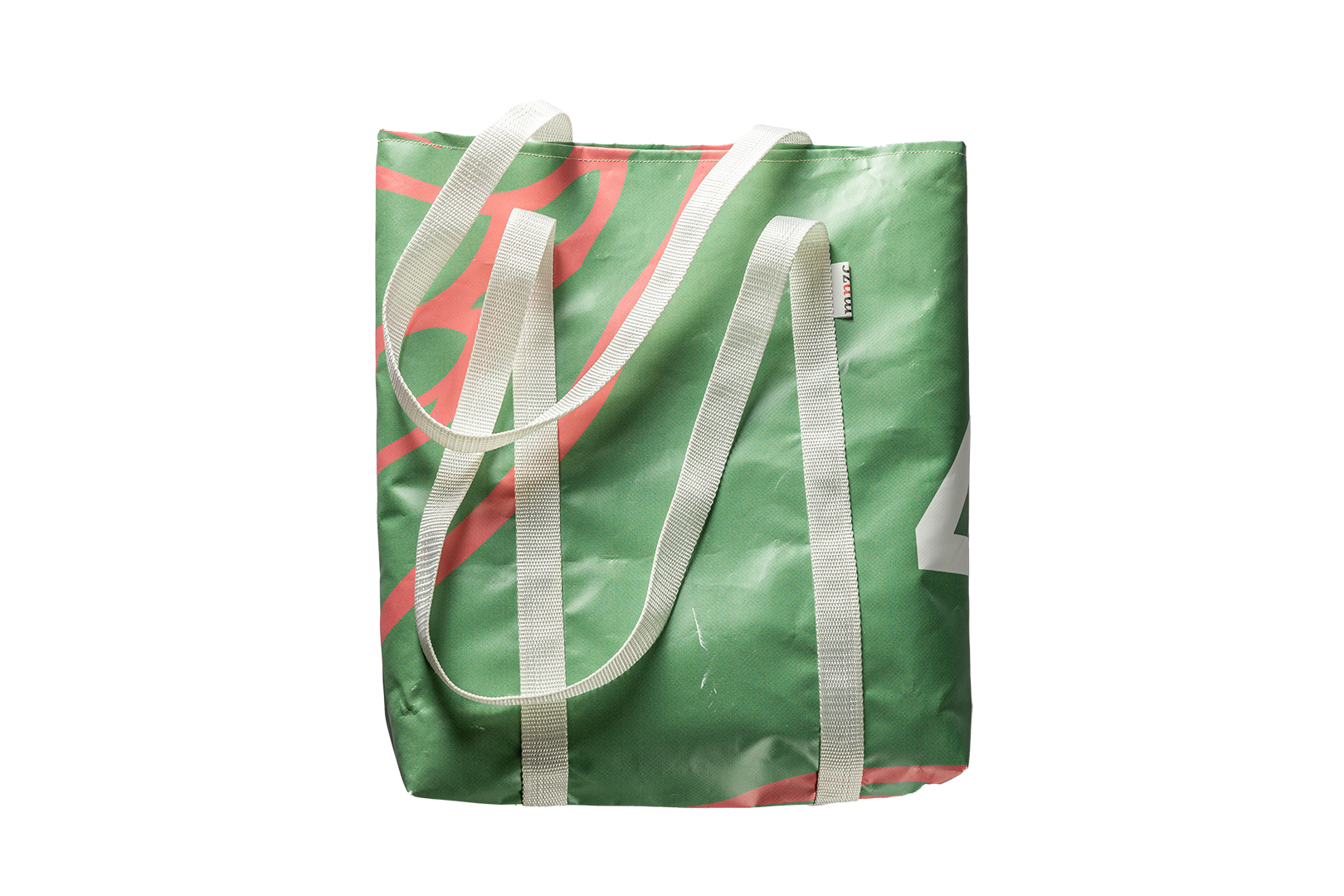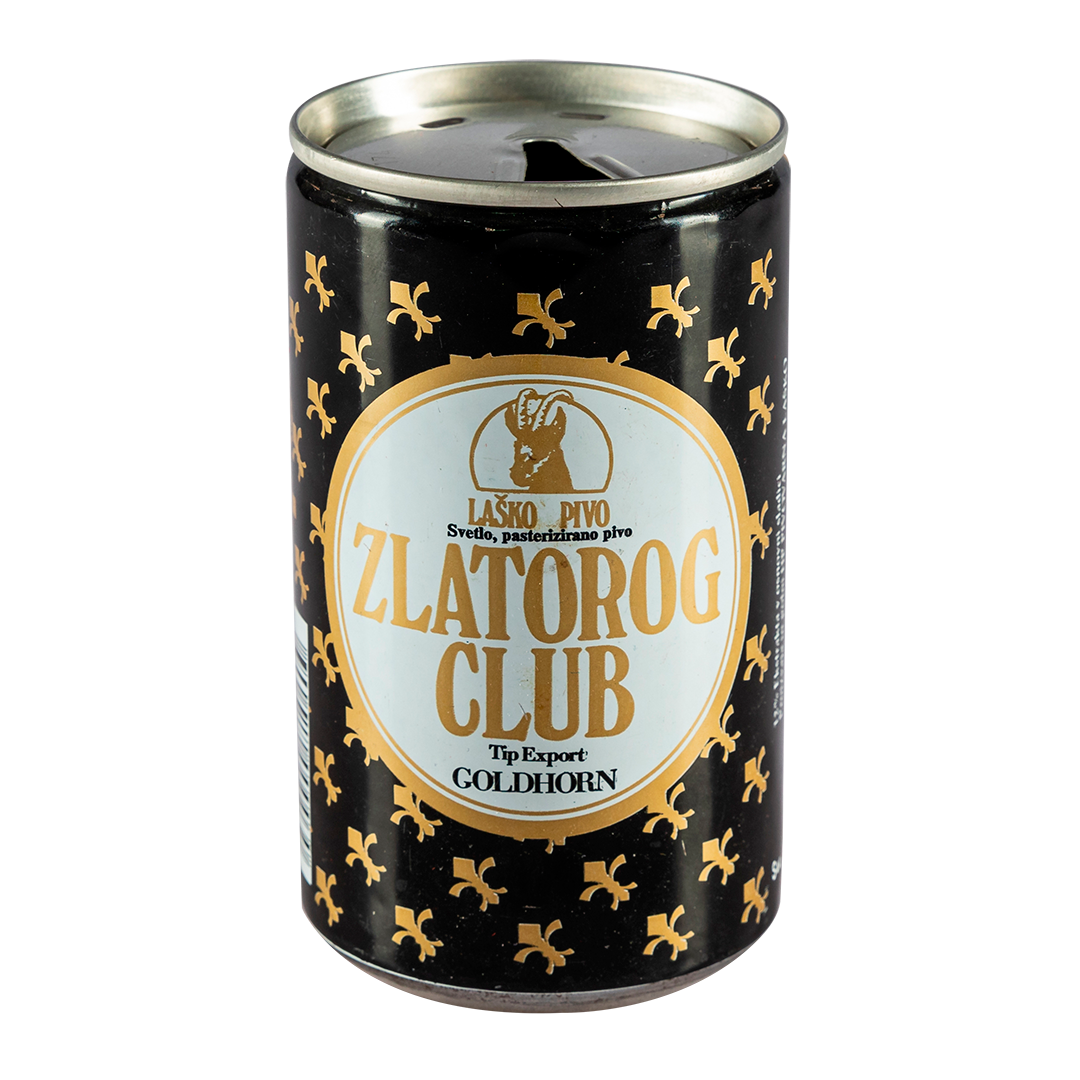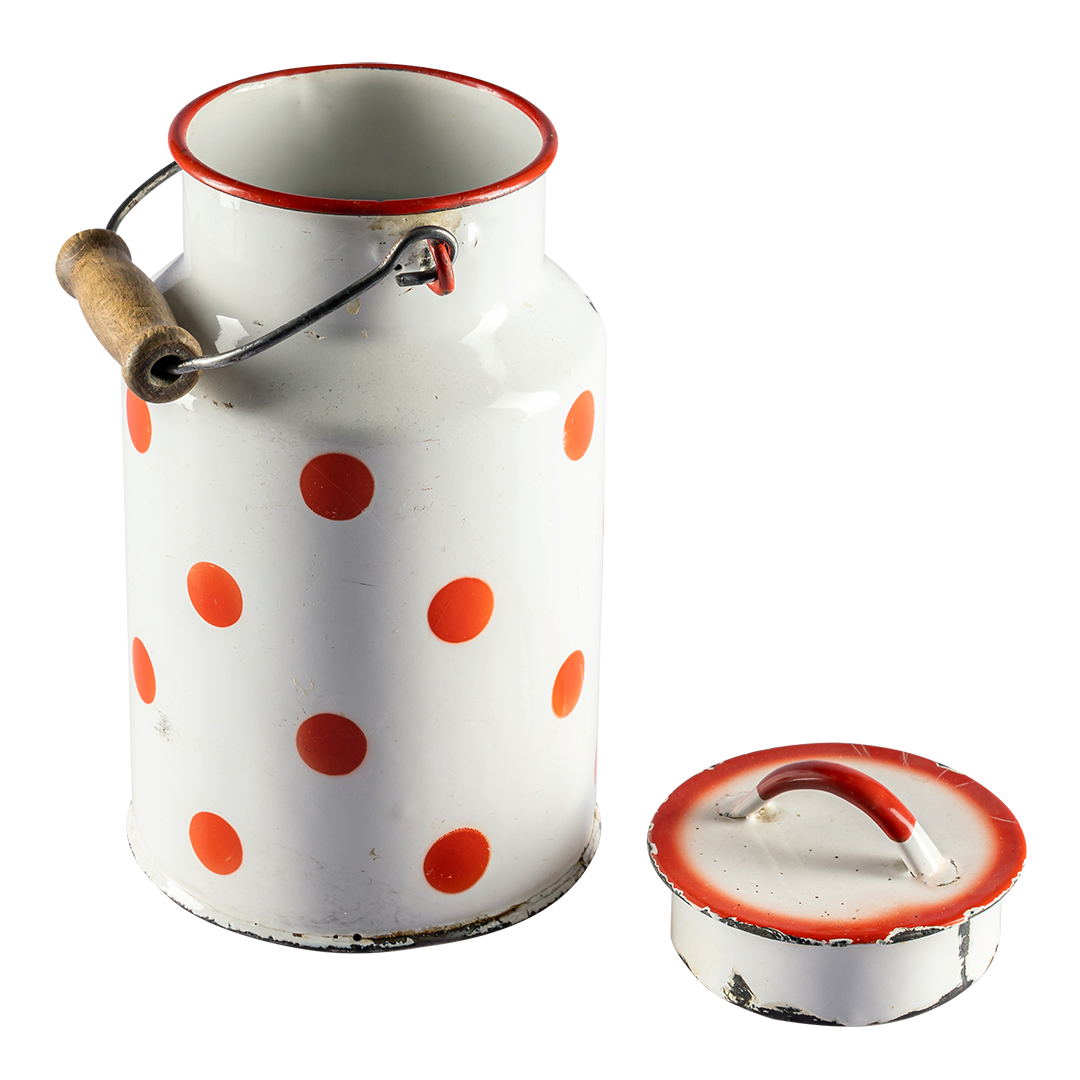Artist/Maker Ina Čebular, fashion designer
Date Production/Creation
2015
Entry in the museum collection
2022
Place of origin
Celje, Slovenia, Europe
Current location
Museum of Recent History Celje, Celje, Slovenia
Material
Tarpaulin, tape / print, cutting, stitching
Dimension
740x380x60 mm
Inventory Number 745:CEL;U-683
Keyword Container Plastic Upcycling
Copyright Celje Museum of Recent History
Status In storage
Image Credit Matic Javornik
A sign of better days to come?
What is this object about, who are the people behind it?
A large shoulder bag intended for everyday use and for shopping. It is made from old advertising banners for museum exhibitions. For many years the Museum of Recent History Celje has advertised its exhibitions on big banners hung on the front of the building. Banners advertising temporary exhibitions have served their purpose after a few months but the tarpaulin from which they are made is still in good condition. Each bag is cut from a printed tarpaulin and hand-stitched, and is therefore one of a kind. The collection of bags sewn from advertising banners is on sale in the museum shop.
What places is this object related to, how European/transnational is it?
The material from which the bags are made was produced abroad and printed in Slovenia. The bags are designed and stitched in Slovenia. They are sold at the museum shop in the Museum of Recent History Celje. Consequently, visitors who buy the bags will be carrying former museum advertising banners to towns and cities across Slovenia, Europe and the rest of the world.
Why and how did this object arrive in the museum’s collection?
The bags are made to order from old museum banners, making use of the tarpaulin sheets on which we advertise museum exhibitions. One of the bags is in the museum’s Urbano collection, which contains various items connected with urban living and popular culture. The bag is part of the museum collection because it reflects the trend towards recycling, reuse and local production.
What is the relation of this object to waste?
The bags are made from old tarpaulin banners advertising museum exhibitions. The tarpaulin used to advertise temporary exhibitions has served its purpose after a few months. The banners are large format so they take up a lot of space in storage, but it would be a shame to throw them away because they are made from a high-quality, multi-use material. It is very easy to cut and stitch and performs excellently in everyday use. So instead of being discarded the tarpaulin is turned into shoulder bags that are sold at the shop in the Museum of Recent History Celje.



